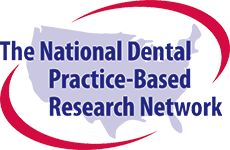Précis
Since the advent of antibiotics in the mid-1940s, and in particular with the first formal recommendations for antibiotic prophylaxis (AP) by the American Heart Association (AHA) in 1955, there has been a significant proliferation of the use of secondary AP in dental practice.However, there has been increasing controversy about the widespread use of antibiotics for some prophylactic, as well as therapeutic dental purposes, primarily due to concerns about antibiotic resistant bacteria and adverse drug reactions, weak evidence to support the practice of AP, and the costs and inconvenience associated with the use of AP. Consequently, this study aimed to identify critical conceptual and standardization gaps in the practice and implementation of AP for patient populations felt to be at increased risk to develop infective endocarditis (IE) and/or prosthetic joint infections (PJI) prior to dental procedures. By surveying approximately 2,500 members of the National Dental Practice-Based Research Network, the survey revealed some of the common tendencies and practices regarding AP by practitioners across the United States.

